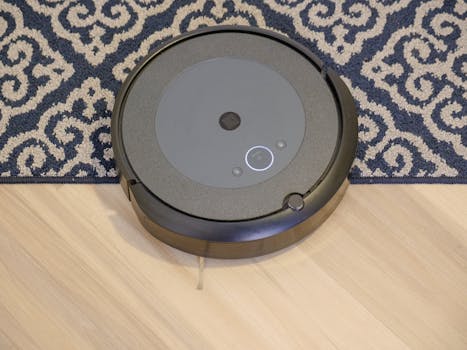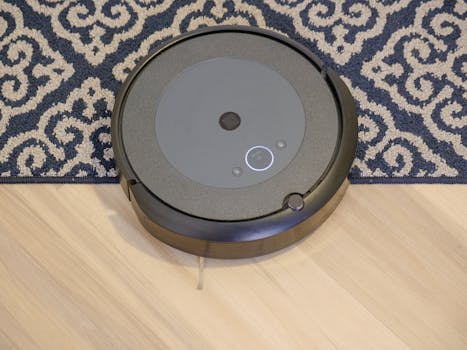
Smart Homes and Smart Living: The Technological Transformation of European Homes by 2025
Smart Homes and Smart Living are revolutionizing the way we live in our homes. With the latest advancements in home automation, Internet of Things (IoT), and Artificial Intelligence (AI), European homes are undergoing a significant transformation. By 2025, we can expect to see a significant shift in the way we live, work, and interact with our living spaces.
Introduction to Smart Homes
A smart home is a home that is equipped with advanced technology to make our lives easier, more convenient, and more enjoyable. From voice-controlled assistants to automated lighting and temperature control, smart homes are designed to provide a seamless and integrated living experience. With the help of IoT devices, smart homes can collect and analyze data to optimize energy consumption, security, and comfort.
The Benefits of Smart Homes
The benefits of smart homes are numerous. They can help reduce energy consumption, improve home security, and enhance the overall living experience. Smart homes can also provide assistance to people with disabilities and elderly individuals, making it easier for them to live independently. Additionally, smart homes can increase property values and provide a competitive edge in the real estate market.
Smart Living in European Homes
European homes are at the forefront of smart living. With countries like Germany, the UK, and France leading the way, we can expect to see a significant increase in smart home adoption by 2025. According to a recent study, the European smart home market is expected to grow from $15.6 billion in 2020 to $35.6 billion by 2025, at a Compound Annual Growth Rate (CAGR) of 14.5% during the forecast period.
Technological Advancements in Smart Homes
Several technological advancements are driving the growth of smart homes in Europe. Some of the key advancements include:
- Artificial Intelligence (AI): AI is being used to analyze data and optimize smart home systems, making them more efficient and effective.
- Internet of Things (IoT): IoT devices are being used to connect and control various smart home devices, making it easier to manage and monitor our living spaces.
- 5G Networks: The rollout of 5G networks is providing faster and more reliable connectivity, making it easier to control and monitor smart home devices remotely.
- Voice-Controlled Assistants: Voice-controlled assistants like Alexa and Google Home are making it easier to control and interact with smart home devices.
Challenges and Opportunities
While smart homes offer numerous benefits, there are also several challenges and opportunities that need to be addressed. Some of the key challenges include:
- Security: Smart homes are vulnerable to cyber threats, making it essential to implement robust security measures to protect our homes and data.
- Interoperability: Smart home devices from different manufacturers may not be compatible, making it essential to develop standards and protocols for interoperability.
- Energy Efficiency: Smart homes can help reduce energy consumption, but they also require energy to operate, making it essential to develop energy-efficient solutions.
Conclusion
Smart homes and smart living are transforming European homes by 2025. With the latest advancements in home automation, IoT, and AI, we can expect to see a significant shift in the way we live, work, and interact with our living spaces. While there are challenges and opportunities that need to be addressed, the benefits of smart homes are numerous, making them an essential part of our future.



